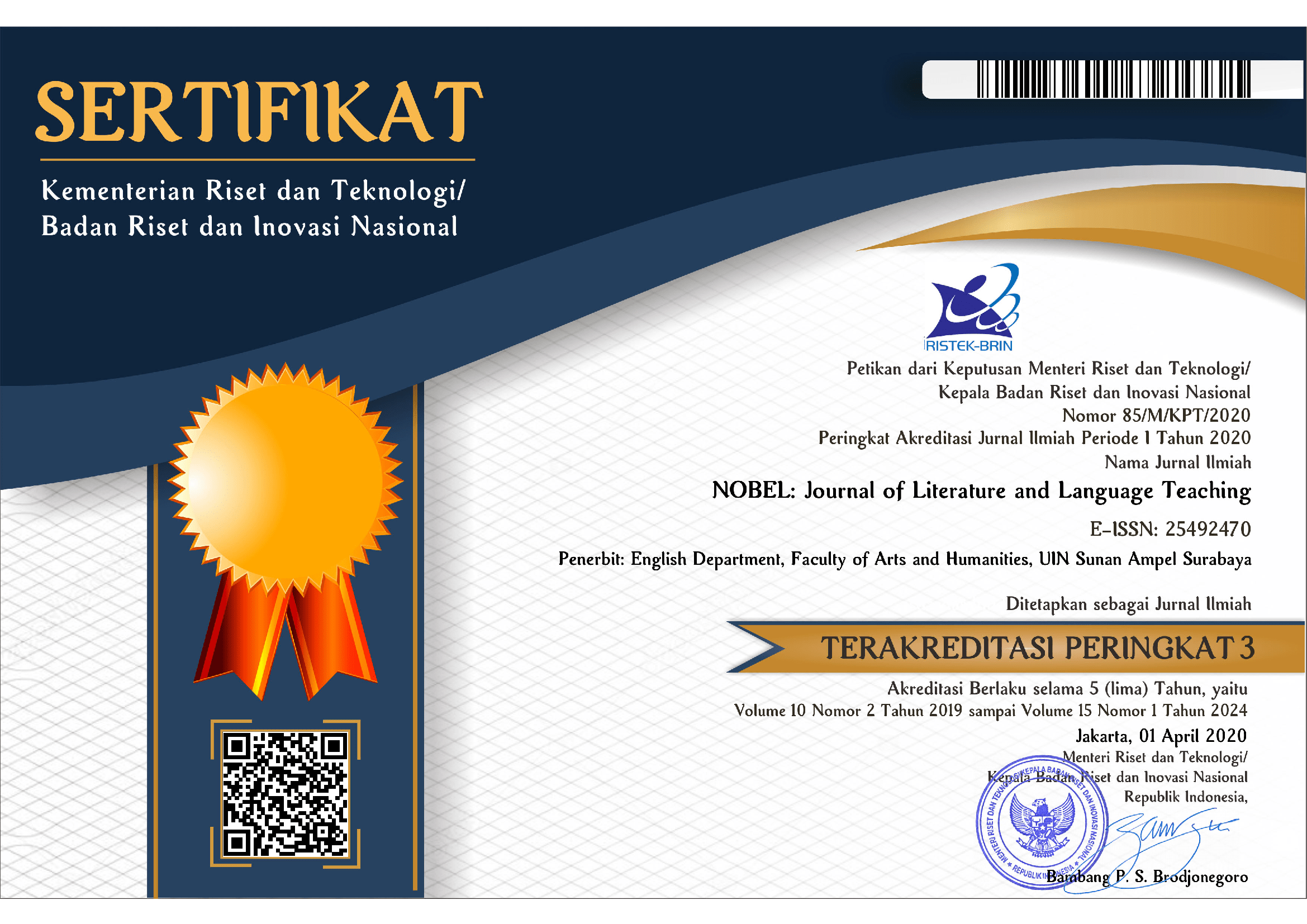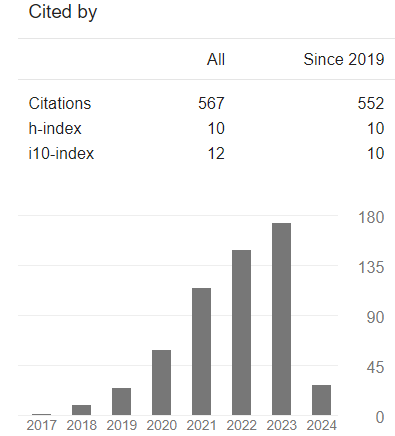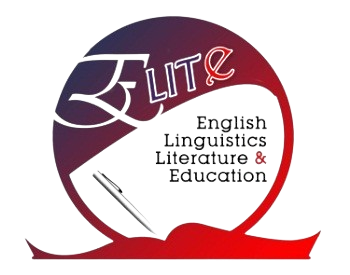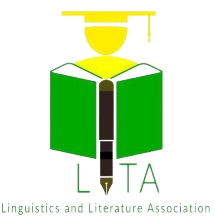Icatforlearning Website for Teaching Translation and Interpreting Online Class
DOI:
https://doi.org/10.15642/NOBEL.2021.12.1.15-28Abstract
COVID-19 pandemic spreads worldwide, and educational sectors have received significant impacts because of it. Schools and Universities try to find a new method for the continuation of the teaching and learning process. As a result, online learning during the COVID-19 pandemic is rising. To support this learning, technology and new media are needed. One of the online media used by lecturers in teaching translation and interpreting is the icatforlearning website. It was designed to fulfill the students’ and lecturers’ needs in the teaching and learning process. This research aimed to portray the use of the icatforlearning website in translation and interpreting classes and find the obstacles students face using that website. This study used qualitative research. The subjects are the students of translation and interpreting class in the English Department. There are four classes for translation and interpreting class. The data were collected through observation and interviews. The result shows that icatforlearning can support the online teaching and learning process, although the students faced a few obstacles.
Downloads
References
Akrim, M. (2018). Media learning in digital era. Proceedings of the 5th International Conference on Community Development (AMCA 2018). 2018 3rd International Conference on Education, Sports, Arts and Management Engineering (ICESAME 2018), Quezon City, Philippines. DOI: 10.2991/amca-18.2018.127
Alotaibi, H. M. (2014). Teaching CAT tools to translation students: An examination of their expectations and attitudes. Arab World English Journal, 3, 65-74. https://awej.org/images/AllIssues/Specialissues/Translation3/6.pdf
Balkul, H. I. (2016). Translation technologies: A dilemma between translation industry and academia. International Journal of Language Academy, 4(4), 100–108. DOI: 10.18033/ijla.439
Costa, H., Pastor, G. C., & Mu˜nos, I. D. (2014). Technology-assisted interpreting. Multilingual, 25(3), 27–32. https://eden.dei.uc.pt/~hpcosta/docs/papers/201404-MultiLingual.pdf
Creswell, J. W. (2014). Research design: Qualitative, quantitative, and mixed methods approaches (4th ed). SAGE Publications.
Dhawan, S. (2020). Online learning: A panacea in the time of COVID-19 crisis. Journal of Educational Technology Systems, 49(1), 5–22. DOI: 10.1177/0047239520934018
Fantinuoli, C. (2018). Interpreting and technology. Zenodo. DOI: 10.5281/ZENODO.1493281
Federico, M., Bertoldi, N., Cetolo, M., Negri, M., Turchi, M., Trombetti, M., Cattelan, A., Farina, A., Lupinetti, D., Martines, A., Massida, A., Schwenk, H., Barrault, L., Blain, F., Koehn, P., Buck, C., & Germann, U. (2014). The matecat tool. Proceedings of COLING 2014, the 25th International Conference on Computational Linguistics: System Demonstrations), 129–132. https://fredblain.org/papers/pdf/marcello_et_al_2014_the_matecat_tool.pdf
Gorozhanov, A. I., Kosichenko, E. F., & Guseynova, I. A. (2018). Teaching written translation online: Theoretical model, software development, interim results. SHS Web of Conferences, 50, 01062. DOI: 10.1051/shsconf/20185001062
Hartono, R. (2015). Teaching translation through the interactive web. Language Circle: Journal of Language and Literature, 9(2), 129-140. DOI: 10.15294/lc.v9i2.3703
Jingyu, L. (2014). Pros and cons: Web-based education. International Conference on Education, Management and Computing Technology, 459-461. DOI: 10.2991/icemct-14.2014.111
Mafulah, S., Wilujeng, T. T. R., Lutviana, R., Hariyanto, S., & Purnawati, M. (2018). CAT tool on teaching translation for EFL students. International Journal of Engineering & Technology, 7(3.5), 98-100. DOI: 10.14419/ijet.v7i3.5.21660
Marczak, M. (2018). Translation pedagogy in the digital age: How digital technologies have been altering translator education. Angles, 7, 1-19. DOI: 10.4000/angles.895
Micu, C. S., & Sinu, R. (2012). Web-based methods and tools in teaching translation and interpreting. The 7th International Conference on Virtual Learning ICVL 2012, 118-124. http://www.icvl.eu/2012/disc/icvl/documente/pdf/met/ICVL_ModelsAndMethodologies_paper11.pdf
Nguyen, T. (2015). The effectiveness of online learning: Beyond no significant difference and future horizons. MERLOT Journal of Online Learning and Teaching, 11(2), 309-319. https://jolt.merlot.org/Vol11no2/Nguyen_0615.pdf
O’Keeffe, J., Buytaert, W., Mijic, A., Brozovi?, N., & Sinha, R. (2016). The use of semi-structured interviews for the characterisation of farmer irrigation practices. Hydrology and Earth System Sciences, 20(5), 1911–1924. DOI: 10.5194/hess-20-1911-2016
Patience, A. U. (2016). Modern technology in translation: Contributions and limits. World Applied Sciences Journal, 34(6), 1-8. DOI: 10.5829/idosi.wasj.2016.34.8.15683
Stepanova, M. (2014). ICT for teaching translation and interpretation for masters of applied linguistics. International Conference ICT For Language Learning, 218-221. https://conference.pixel-online.net/ICT4LL/files/ict4ll/ed0007/FP/1004-ICL652-FP-ICT4LL7.pdf
Tafonao, T., Setinawati, S., & Tari, E. (2019). The role of teachers in utilizing learning media as a learning source for millennial students. Proceedings of the 1st Asian Conference on Humanities, Industry, and Technology for Society ACHITS 2019, 1-8. DOI: 10.4108/eai.30-7-2019.2287549
Wang, X., & Wang, C. (2019). Can computer-assisted interpreting tools assist interpreting? Transletters. International Journal of Translation and Interpreting, 3(2019) 109-139. https://www.uco.es/ucopress/ojs/index.php/tl/article/view/11575/10973
Wongpornprateep, P., & Boonmoh, A. (2019). Students’ Perceptions towards the Use of VLE in a Fundamental English Course: A review of Smart Choice Online Practice and Smart Choice On the Move. Journal of Studies in the English Language, 14(2), 91-131. https://so04.tci-thaijo.org/index.php/jsel/article/view/200688
Wulansari, A. (2018). The challenge for translation learning in 4.0 Era. 2nd English Language and Literature International Conference (ELLiC) Proceedings, 2(2018), 537-540. http://103.97.100.145/index.php/ELLIC/article/view/3587
Yao, S. (2017). Application of computer-aided translation in English teaching. International Journal of Emerging Technologies in Learning (IJET), 12(8), 105-117. DOI: 10.3991/ijet.v12i08.7145
Zhou, W., & Gao B. (2016). Study on the application of computer-aided translation (CAT) in translation teaching. US-China Foreign Language, 14(12), 849-856. DOI: 10.17265/1539-8080/2016.12.004
Downloads
Published
How to Cite
Issue
Section
License
Copyright (c) 2021 NOBEL: Journal of Literature and Language Teaching

This work is licensed under a Creative Commons Attribution 4.0 International License.







